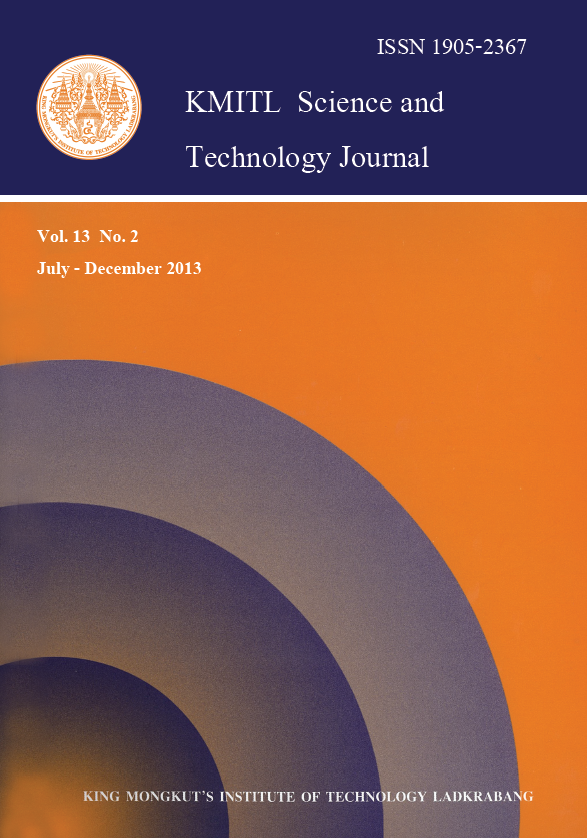In this paper, adsorption isotherm of lactic acid on ion exchange resin and its modeling will be presented. The adsorption isotherm of lactic acid was obtained at pH 2 and 25°C and 40°C. Amberlite IRA-96, a weakly basic anion exchanger, was selected for lactic acid purification from lactic acid solution. It was observed that its removal capacity was higher than that of other known adsorbents. The model for predicting adsorption isotherm of lactic acid on Amberlite IRA-96 by combining effect of physical adsorption and ion exchange was proposed and fitted with the experimental results. In the proposed model, the ion exchange capacity was lower than the physical adsorption capacity at pH 2; hence, the effect of physical adsorption was higher than that of ion exchange. The fitted parameters of this model were the maximum physical adsorption capacity, adsorption separation factor and ion exchange factor. The parameters were obtained by fitting the adsorption isotherm to the model and were found to depend on adsorption temperature. The results and the proposed model would be beneficial for engineers and scientists who would like to improve recovery of lactic acid production.
Keywords: Ion exchange resin, Adsorption isotherm, High capacity
E-mail: terasut@sut.ac.th
Sodsai, W. ., & Sookkumnerd*, T. . (2018). Modeling of Lactic Acid Adsorption Isotherm by Anion Exchange Resin Amberlite IRA-96. CURRENT APPLIED SCIENCE AND TECHNOLOGY, 82-86.

https://cast.kmitl.ac.th/articles/135527